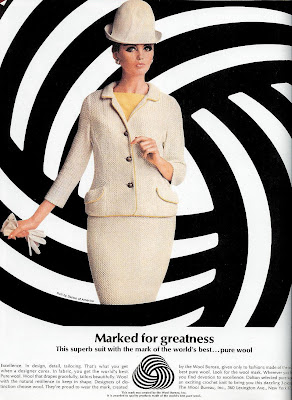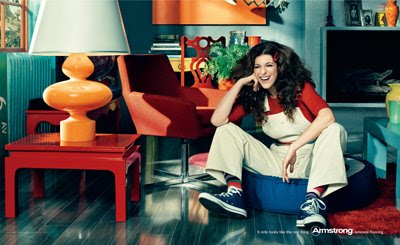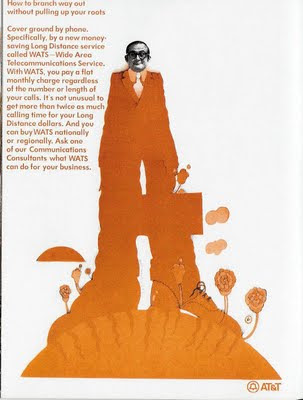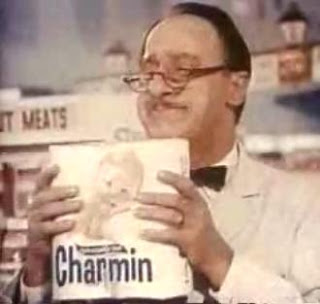Take it from the top

Here's a zeitgeist-y ad from 1970 that reflects not one, but I'd guess, two elements of the era's popular culture: I suppose, after a few shots of rum, some women can be talked into anything, but actually, it was fashion designer Rudi Gernreich who was the inventor of the scandalous but popular -- (though rarely worn in public) " monokini " in 1964. And by inventor, I mean he just followed through on the same thought all bikini-ogling males of the era probably had when eyeing women in their two-piece swimsuits. What's more interesting to me, however, is the look of the woman "Ron Rico" is about to expose. Despite modeling a swimsuit, she looks mousey, prim, mortified -- and with that limp pixie-cut, she looks a lot like she was intended to suggest a younger version of the prim, mousey "Gladys" portrayed by Ruth Buzzi on the late-'60s hit TV show, " Laugh-In ."






















